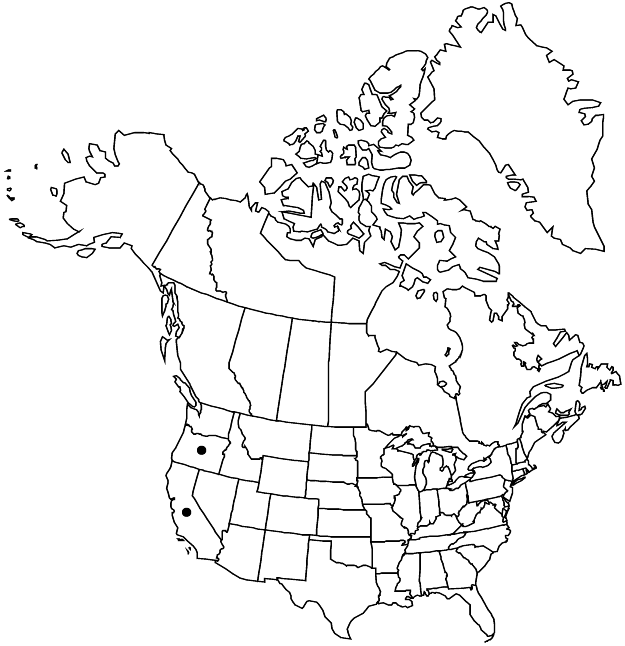Eriogonum latifolium
in A. Rees, Cycl. 13(2): Eriogonum no. 3. 1809.
Subshrubs or herbs, often scapose, much-branched and matted, 2–7 × 5–20 dm, usually tomentose to floccose, rarely glabrous. Stems spreading to erect, with persistent leaf bases, up to 1/4 height of plant; caudex stems matted; aerial flowering stems often scapelike, erect to spreading or decumbent, usually stout, solid, not fistulose, 2–6 dm, usually tomentose to floccose, rarely glabrous. Leaves cauline; petiole 2–6(–10) cm, tomentose; blade oblong to ovate, (1.5–)2.5–5 × 1.5–4 cm, white-lanate to tawny-tomentose on both surfaces, or tomentose to floccose or glabrous and green adaxially, margins plane, occasionally crisped. Inflorescences capitate to umbellate or cymose, 3–40 × 2–20 cm; branches usually tomentose to floccose, rarely glabrous; bracts usually 3, leaflike, oblong to ovate, and 5–20 × 5–15 mm proximally, scalelike, triangular, and 2–5 mm distally. Peduncles absent. Involucres (3–)5–20 per cluster, turbinate, 3.5–5(–6) × 2–4 mm, tomentose or glabrous; teeth 5–6, erect, 0.3–0.6 mm. Flowers 3–3.5 mm; perianth white to pink or rose, glabrous; tepals connate proximal 1/4, monomorphic, obovate; stamens exserted, 3–6 mm; filaments pilose proximally. Achenes brown, 3.5–4 mm, glabrous. 2n = 40.
Phenology: Flowering year-round.
Habitat: Sandy coastal flats, slopes, bluffs, and mesas, coastal scrub and grassland communities
Elevation: 0-80(-200) m
Discussion
Eriogonum latifolium is found along the immediate coast of southwest Oregon (Curry County) and western California (Alameda, Contra Costa, Del Norte, Humboldt, Marin, Mendocino, Monterey, San Francisco, San Luis Obispo, San Mateo, Santa Cruz, and Sonoma counties). The species is rather variable as to size and aspect, these depending to a considerable degree on exposure to on-shore winds. The flowering stems are rarely glabrous, but plants with this expression are always intermixed with plants having tomentose to floccose stems. The brilliantly white-lanate, spreading shrubs become rather globose in shape under cultivation, and as a result make an attractive addition to the garden, especially as the flowers wither through various shades of pink to rose. The species should be used much more than at present in places where cool summer temperatures, good moisture, and sandy soils are available.
A decoction consisting of the roots, leaves, and stems of Eriogonum latifolium was taken by various Native American people along the California coast for colds and coughs (B. R. Bocek 1984; D. E. Moerman 1986). V. K. Chestnut (1902) reported that the native people of Mendocino County, California, used a decoction of the roots for stomach pain, “female complaints,” and sore eyes. The species is the food plant for the bramble hairstreak butterfly (Callophrys viridis), Mormon metalmark (Apodemia mormo), western square-dotted blue (Euphilotes comstocki comstocki), and the federally endangered Smith’s dotted-blue (Euphilotes enoptes smithi).
Selected References
None.
